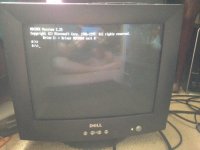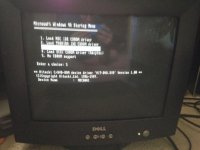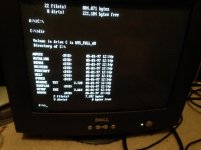vintageestatefinds
Experienced Member
Alright, so I found a Hitachi 24X CD-ROM drive here : http://www.ebay.com/itm/261988009571?_trksid=p2055119.m1438.l2649&ssPageName=STRK:MEBIDX:IT. Wanted to confirm it doesn't have a proprietary interface or some other compatibility issue beforehand. I know an option to load a Hitachi DVD CD-ROM driver comes up after the boot disk is inserted, would be nice if it happened to work.
Last edited:



